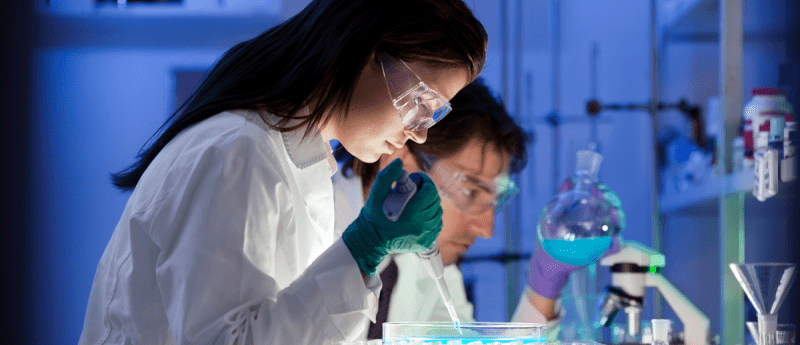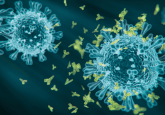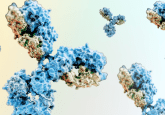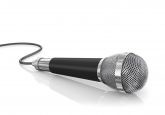Tissue distribution data: how to choose the right imaging method

During drug development, it is important for investigators to launch preclinical studies to assess the safety and efficacy of a new chemical entity before human clinical trials. A key aspect of preclinical research is understanding a drug’s biochemical journey – how it is metabolized and what effects it has at a cellular level. DMPK (drug metabolism and pharmacokinetics) studies, or ADME (absorption, distribution, metabolism and elimination) studies, determine the viability and the ‘drugability’ of a drug candidate. By labeling molecules with radioactive isotopes, researchers can easily track them using imaging equipment.
Quantitative whole-body autoradiography (QWBA) is a technique whereby radiolabeled drug is administered to a group of animal models who are then euthanized at different time points and rapidly frozen. A macrotome prepares thin slices of the animals and organ radioactivity is measured in cross-section to show distribution of the drug candidate over time. This White Paper will explore why QWBA is still the best preclinical imaging technique, what to look for in DMPK labs that provide the service and how it integrates with quantitative autoradioluminography (QARL) and micro-autoradiography (MARG) to provide a comprehensive picture of drug distribution for a particular new chemical entity.
QPS_Choosing the Right Imaging Method_2023_RGB_US-web
In association with
Our expert opinion collection provides you with in-depth articles written by authors from across the field of bioanalysis. Our expert opinions are perfect for those wanting a comprehensive, written review of a topic or looking for perspective pieces from our regular contributors.
See an article that catches your eye? Read any of our articles below for free.







